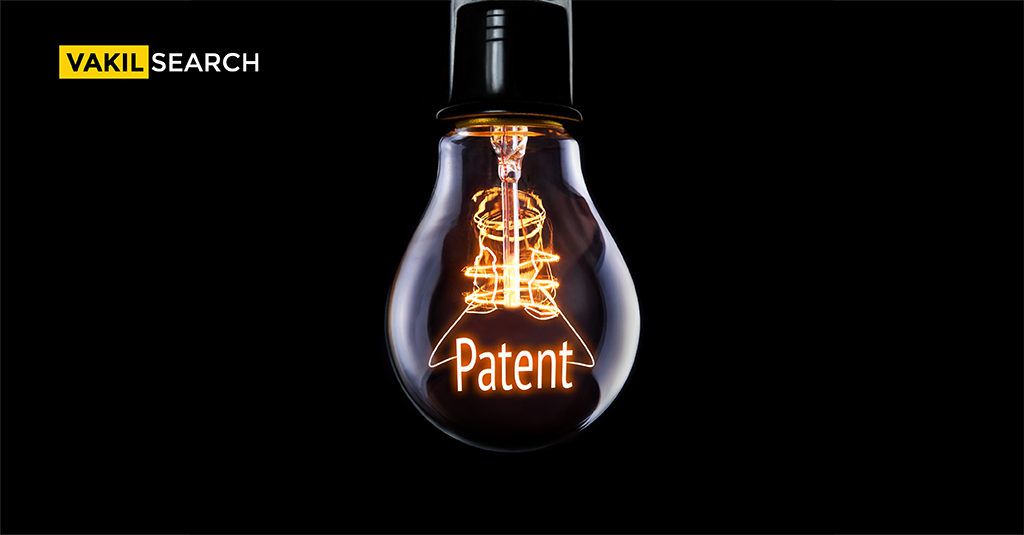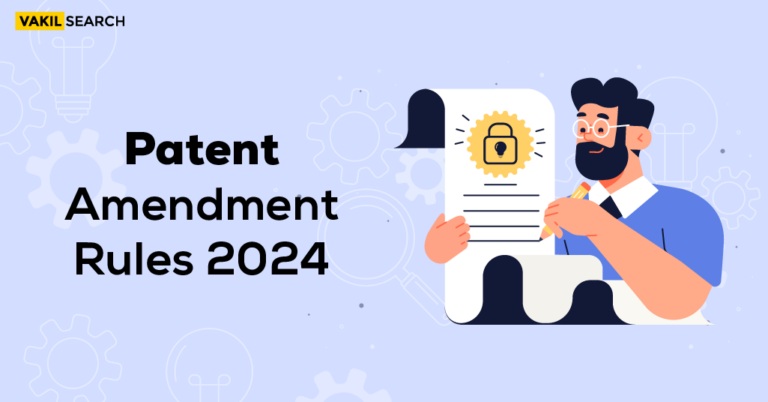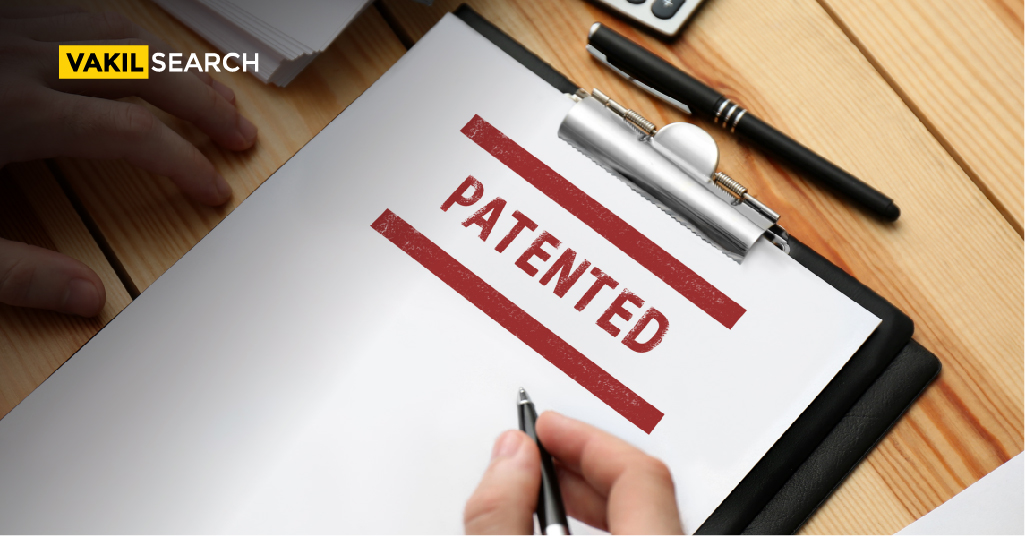Want to know how to conduct a patent search? Learn about the fundamentals of Patent Research in India in this blog
A patent finding is a search of the database to see if there are any patent applications that are similar or identical to the invention being patented. A patent finding can be conducted to improve one’s prospects of acquiring a patent registration or to learn about new discoveries that are patentable. In this essay, we will look at how to do a patent finding.
In the procedure, a patent finding is usually the first step. A patent finding is used to see how unique innovation is compared to the existing one. A patent finding will not tell you if your invention infringes on a patent held by someone else. When a utility patent application is filed, the patent office undertakes a patent finding in india automatically because no patent will be provided on any innovation if the applicant was not the first to make the invention.
The inventor benefits from the patent search since it finds the closest part, enabling us to assess both how eligible the invention is and which components are the most unique from the previous one. A patent search can also disclose whether or not the inventor’s invention has been manufactured – even if it has never been widely viable.
Significance of Patent Findings
Here are a few benefits of the same –
- Spending a lot of time and money on an innovation that has been invented already can be avoided by conducting a patent finding.
- Before paying money in an expensive application process for patenting, a search for patents might assist in determining whether a product is patentable.
- A patent search can assist a corporation to assess if a new invention that’s under development will trespass on any existing patents, lowering the cost of a patent lawsuit.
- A search for patents may reveal chances to close “gaps” in existing technologies. It can help you learn more about your opponents or find possible partners.
- Prior to the analysis of the US Patent and Trademark Office on a patent application, a patent search might help determine an invention’s novelty.
- A patent search could lead to invalidating a competitor’s patent or patents.
- Before buying, selling, or licencing a patent, a search for patents can help to assess its value and validity.
- Patent searches can identify the trends in specific technological fields.
- A patent search may show invalid patents on innovations that have since become public domain and can thus be used without paying a royalty.
- A patent inquiry might disclose details about a company’s patent portfolio’s strength.
How to Search for Patents?
As mentioned above, you can find the Patent of India at http://ipindiaservices.gov.in/publicsearch. It will help you to understand the following –
- Date of Application
- Title of Abstract
- Detailed Specification
- Number of Applicant
- Number of Patents
- Name of the Inventor
- Name of the Country
- Address of the Inventor
- Filling Office
- PCT (Patent Cooperation Treaty) Application Number
- PCT (Patent Cooperation Treaty) Publication Number
A Few Information on Patents
- The user can modify the category by using the drop-down box for the entire class. Every category has a search box beside it where the user can type in the term of the patent he desires to see.
- The applicant can do exact patent searches by typing a query in multiple boxes.
- After entering the essential terms in the appropriate areas, the user must clear a captcha code.
- After the user enters the code, several relevant patent results for the user’s patent finding field appear.
- After selecting an application, the document opens with the Application Number, Title, Application Date, and Status. By clicking on the Application Number, Title, Application Date, and Status, the user can learn more about the patent.
The applicant can obtain the following information about the patent by conducting a patent finding:
- Title of Invention
- Number of Publication
- Date of Publication
- Type of publication
- Number of applications
- The filing date of application
- Number of Priority areas
- Country of Priority
- Date of Priority
- The Innovation Field
- Categorisation
- Name, Address, Country, and Nationality of Inventor
- Name, address, country, and nationality of the applicant
- Outlines
- Detailed Specification
When every column is clicked, the user can see the patent application information for that portion. When a user chooses an application number, facts such as the invention title, publication number, date, kind, and so on are displayed. The viewer can see the inventor’s and applicant’s names, addresses, countries, and nationalities in separate columns.
The viewer can see a summary of the application filed in the Abstract column located below. A full description under this provides details about the standard if the user has specified it. The user has the choice of checking the application’s status. When it is opened, the users can access information about the application.
Conclusion
Patents have only recently come to the attention of the general public. Where industrial property and copyright are adequately protected, which raises the country’s economy, a complete understanding of patent rights is required. The history of the patent system is explained in-depth online, along with the current regulatory organizations and their roles and the Act that protects the patent system.
Patent research is a tactical decision based on the invention’s subject matter. People can do their research using the above-mentioned online patent search resources; however, patent web service is a very sophisticated topic, and crucial decisions involving significant future investments are based on patent research. On the contrary, it is usually best to hire a highly qualified specialist to do the research who possesses a potent combination of technical, analytical, and patent knowledge.
The Indian government gave the entire system. Software, knowledge systems, plant varieties, and geographical designations have been given special protection. A strong understanding of patent and copyright aids in developing, preparing, implementing, and security of creativity more quickly and easily.
Also, Read:










